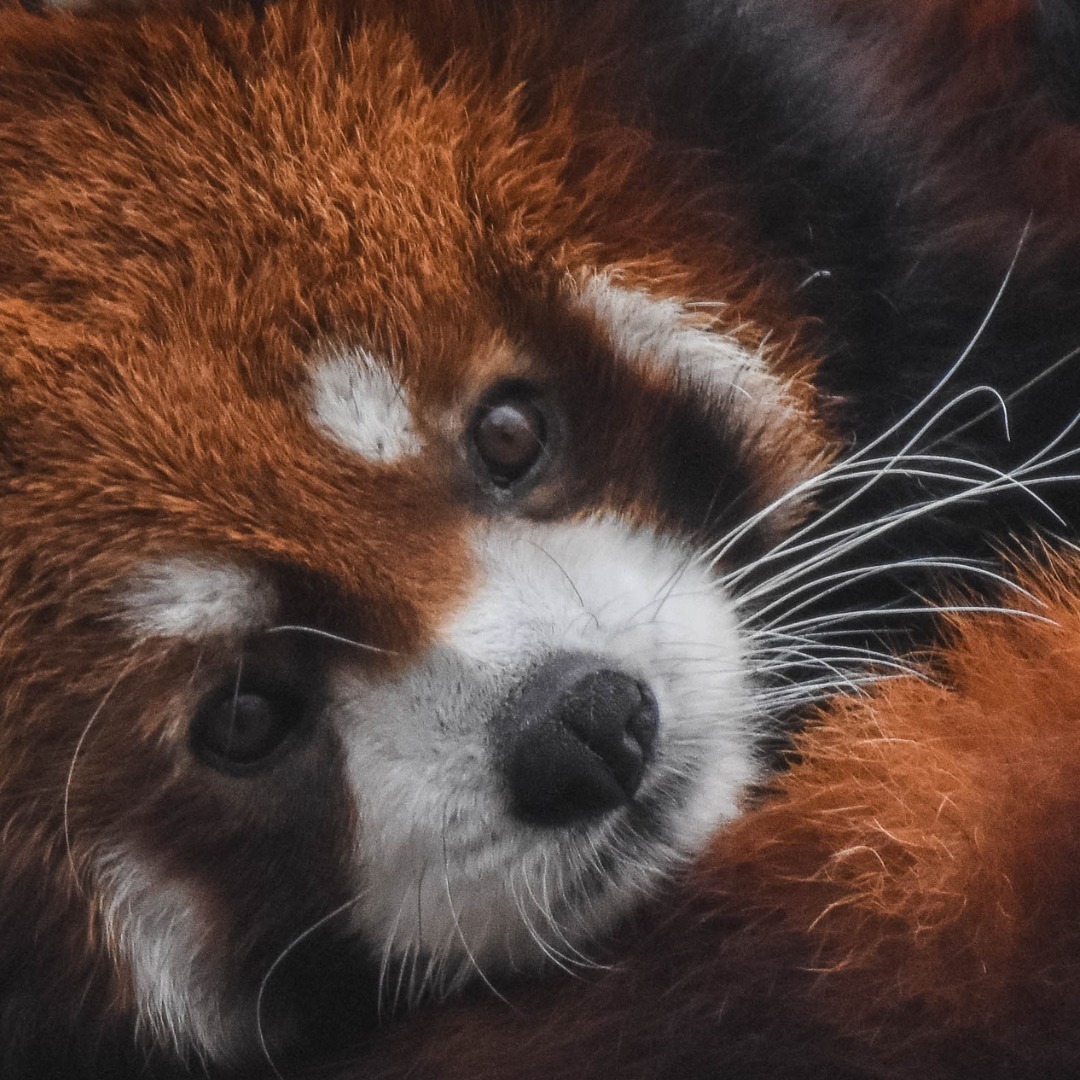Summary:
– Red pandas are native to Asia, but their ancestors once lived in Southern Appalachia.
– Bristol’s panda, an ancestor of red pandas, was larger and likely ate switch cane.
– Walking in Asheville could mean walking the same path as a prehistoric red panda.
Psst! Can we whisper something in your ear? It’s International Red Panda Day!
Did you know that red pandas, those adorable fluffy creatures with distinctive red fur and bushy tails, have an intriguing history that dates back millions? While native to Asia today, their ancestors once roamed the forests of Southern Appalachia, including the area around Bristol. Join us on a journey to uncover the unique and fascinating aspects of the red panda’s evolution and their prehistoric cousin, Bristol’s panda.
Imagine walking through the picturesque streets of Asheville, North Carolina, surrounded by the beauty of nature. Little do you know, you might be retracing the steps of a prehistoric red panda that lived in this very region about 6 million years ago. Yes, you heard it right! While red pandas are typically associated with Asia, their ancient relatives thrived in the Southeastern United States.
Bristol’s panda, named after the city of Bristol in Tennessee, where its remains were found, was a majestic creature that surpassed the size of modern red pandas. It was about twice as large as its descendants, measuring around 3 feet long and weighing up to 60 pounds. Its robust build allowed Bristol’s panda to easily navigate the dense forests of Southern Appalachia, blending seamlessly into its bamboo-filled habitat.
Speaking of bamboo, just like their modern counterparts, Bristol’s pandas primarily subsisted on this nutritious plant. However, their menu featured a different kind of bamboo known as switch cane (Arundinaria tecta), native to the Southeast. Its tall and slender culms characterize Switch cane, providing a suitable food source for these ancient pandas. Can you imagine these magnificent creatures munching away on switch cane, completely unaware of the impact they would have on the future red panda lineage?
As we stroll through Asheville, it’s fascinating that Bristol’s pandas once trod upon these streets and forests. They roamed the land, gracefully maneuvering through the Appalachian flora and leaving their mark on the history of this region. While red pandas may have taken a different evolutionary path, their distant connection to Southern Appalachia reminds us of our planet’s interwoven tapestry of life.
International Red Panda Day, observed on the third Saturday of September, is a perfect occasion to celebrate the enchanting world of red pandas and their rich heritage. It’s a day to marvel at the unique characteristics that make these creatures so beloved by zookeepers, conservationists, and nature enthusiasts alike.
So, why not take a moment today to appreciate the enchanting beauty of red pandas? Whether you visit a zoo that houses these charismatic creatures or learn more about them online, there are plenty of ways to get involved and support their conservation efforts. After all, raising awareness about preserving their natural habitat and protecting these vulnerable species is crucial for their survival.
On this International Red Panda Day, let’s celebrate the connection between the past and the present, between Bristol’s pandas and their modern descendants. Each red panda we encounter is a cute and cuddly creature and a living testament to the intricate web of life that has unfolded over millions of years. So, embrace the magic of nature and remember that even a simple stroll through Asheville might hold the secrets of a bygone era, whispering stories of prehistoric red pandas.
*****
Source Description
Psst! Can we whisper something in your ear? It’s International Red Panda Day!
While red pandas are native to Asia, an ancestor of this species lived in Southern Appalachia about 6 million years ago! Bristol’s panda was about twice the size of a red panda and most likely ate switch cane, a native bamboo found in the Southeast.
Next time you’re out for a stroll in Asheville, think you might be walking the same path a prehistoric red panda once did!

